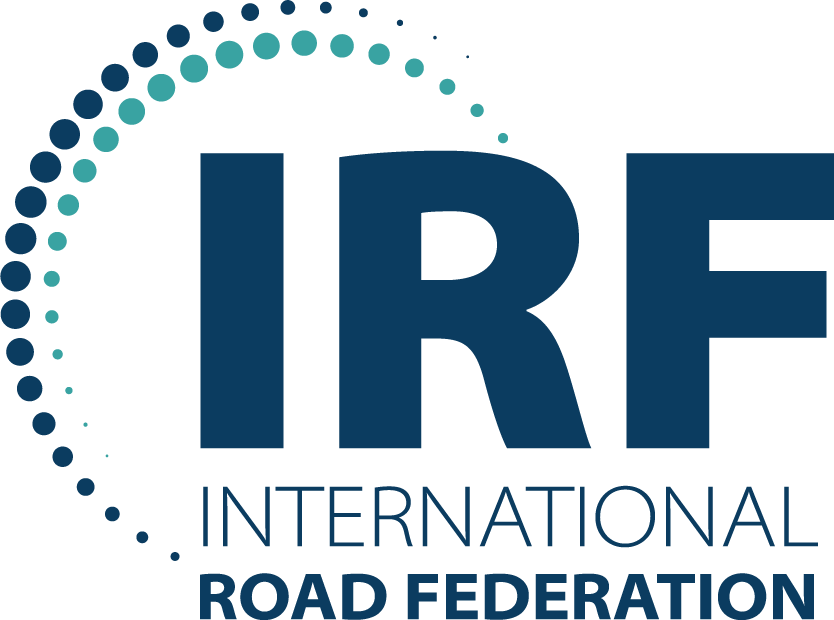KYRGYZ REPUBLIC
ROAD SAFETY PROFILEThe ATO road safety profiles offer insights into the road safety in 37 Asia-Pacific countries by utilizing road safety related data from various sources and policy information extracted from a range of documents.
These road safety profiles were developed by the Asian Transport Observatory in collaboration with the Asia Pacific Road Safety Observatory (APRSO) and the International Road Federation (IRF). This September 2025 edition updates the February 2025 release—prepared for the Global Ministerial Conference on Road Safety in Marrakech—to inform discussions at the Asia-Pacific Regional Road Safety Conference in Manila.
Country Summary
Road safety in the Kyrgyz Republic presents a complex picture. While some improvements have been observed, the country still faces significant challenges in reducing road traffic fatalities and injuries. In 2021, an estimated 900 fatalities occurred due to road crashes (WHO), representing 2.6% of all deaths in the country.
A significant challenge in assessing the road safety situation in the Kyrgyz Republic is the discrepancy in reported data. WHO estimates and Global Burden of Disease data present conflicting figures. For instance, reported fatalities for 2021 vary slightly from from 13.3 per 100,000 population vs. 15.4 per 100,000 population, respectively. Ensuring enhancement of data consistency is crucial in identifying gaps in road safety improvement.
Disaggregating the available data provides valuable insights. The share of female fatalities decreased from 24% to 20% between 2010 and 2021, while the Asia-Pacific average remained at 23%. The combined share of fatalities among minors (<14 years) and seniors (>65 years) changed marginally from 18% to 19% between 2015 and 2019, compared to an increase from 32% to 34% in the Asia-Pacific region. Pedestrians constitute a significant 40% of road crash fatalities in the Kyrgyz Republic, higher than the Asia-Pacific average of 31% (14% for pedestrians and 22% for bicyclists).
The economic burden of road crashes in the Kyrgyz Republic is substantial. Fatalities and serious injuries cost an estimated 372 million USD in 2021, equivalent to roughly 4% of the country's GDP. This is a significant drain on resources, especially when compared to the 5.4% of GDP spent on healthcare in the same year.
Furthermore, road crashes account for a substantial 79% of the implicit costs associated with fossil fuel subsidies in transport. IRAP estimates that an annual invesment of 71 million USD, or just about 0.8% of Kyrgyz Republic's GDP, could potentially save about 300 fatalities per year.
Information on specific road crash ratings and vehicle safety standards within the Kyrgyz Republic is limited, hindering a comprehensive assessment of infrastructure and vehicle safety. The country experiences approximately 18 fatalities per thousand kilometers of road.
Further data on vehicle ownership and usage patterns is not available for Kyrgyz Republic to understand the dynamics of motorization and its impact on road safety.
Benchmarking
The road traffic crash fatality rate in Kyrgyz Republic for the year 2021 was 13.3 per 100,000 population. This is slightly below the Asia-Pacific average of 15.2 and comparable to the Central and West Asia average of 13.1. Although the WHO estimates a 12% decrease in fatalities per 100,000 population between 2010 and 2021, this progress lags behind the 19% improvement seen across the Asia-Pacific region.
Can Asia meet the 2030 target of halving fatalities?
- Urgent action needed to reduce road fatalities The Decade of Action for Road Safety 2021-2030 aims to cut road fatalities in half by 2030. An annual reduction of at least 7.4% is necessary to achieve this.
- Asia-Pacific region falling behind Despite reaching a peak in road crash fatalities, the Asia-Pacific region is not on track to meet the 2030 goal. The average annual reduction in deaths between 2016 and 2021 was only 0.6%, far below the required rate.
- Varying progress across Asia Using the 2016-2021 road crash fatality growth rate as a basis for estimates until 2030:
- Only 3 Asian countries are projected to achieve the 50% reduction target by 2030.
- 18 Asian countries are expected to reduce fatalities by at least 25%.
- Worryingly, 7 Asian countries will continue to increase road fatalities, moving further away from the target.
- In Kyrgyz Republic, road crash fatalities decreased by approximately -4.1% per year between 2016 and 2021. However, this is not enough to reach the 2030 target to halve the fatalities by 2030
Policy Landscape
Critically, the country lacks explicit road safety targets. While other policy documents, such as the Voluntary National Review on the Implementation of the Sustainable Development Goals, the Development Programme of the Kyrgyz Republic for the period 2018-2022, and laws concerning road transport, indirectly address road safety, a dedicated national road safety strategy with clear targets and allocated resources is crucial.
References
ATO. National Database (2024). https://asiantransportoutlook.com/snd/
IMF. (2024). Climate Data. https://climatedata.imf.org/pages/access-data
Institute for Health Metrics and Evaluation. (2021). GBD Results. GBD Results. https://vizhub.healthdata.org/gbd-results
Institute for Health Metrics and Evaluation. (2024). Global Burden of Disease Study 2021 (GBD 2021) Cause-Specific Mortality 1990-2021. https://ghdx.healthdata.org/record/ihme-data/gbd-2021-cause-specific-mortality-1990-2021
iRAP. (2024). Safety Insights Explorer. iRAP. https://irap.org/safety-insights-explorer/
Nirandjan, S., Koks, E. E., Ward, P. J., & Aerts, J. C. J. H. (2022). A spatially-explicit harmonized global dataset of critical infrastructure. Scientific Data, 9(1), 150. https://doi.org/10.1038/s41597-022-01218-4
United Nations Department of Economic and Social Affairs Population Division. (2022). World Population Prospects 2022. https://population.un.org/wpp/
WHO. (2023). Global Status Report on Road Safety 2023. https://www.who.int/teams/social-determinants-of-health/safety-and-mobility/global-status-report-on-road-safety-2023
World Bank. (2023). GDP, PPP (current international $). World Bank Open Data. https://data.worldbank.org/indicator/NY.GDP.MKTP.PP.CD
World Bank. (2024). Current health expenditure (% of GDP). World Bank Open Data. https://data.worldbank.org/indicator/SH.XPD.CHEX.GD.ZS





